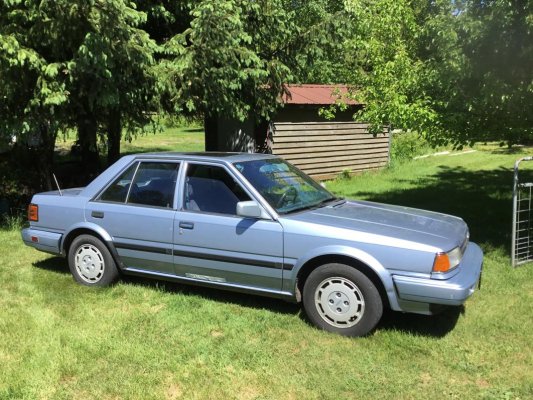Nomad Willy
Guru
Re rslifkin’s post,
If 30-40 oil was not good for cars it would say on the bottle “not recommended for older vehicles”. Do you think for a minute with our court system and all the hungry lawyers out there that they could do w/o the warning?
If we had “dry” engines at start up of course the’yd get ruined pronto, but we don’t. I’m saying obviously there’s enough residual oil to protect the bearings.
See the picture of my 40 year old Nissan w 303,000 miles on it. This is the car that I used 40 wt oil in for about 4 yrs and have switched to hi milage 10-30. No bearing noises other than while cold in the valve train. If there was insufficient lubrication over even one year the engine would be toast.
If 30-40 oil was not good for cars it would say on the bottle “not recommended for older vehicles”. Do you think for a minute with our court system and all the hungry lawyers out there that they could do w/o the warning?
If we had “dry” engines at start up of course the’yd get ruined pronto, but we don’t. I’m saying obviously there’s enough residual oil to protect the bearings.
See the picture of my 40 year old Nissan w 303,000 miles on it. This is the car that I used 40 wt oil in for about 4 yrs and have switched to hi milage 10-30. No bearing noises other than while cold in the valve train. If there was insufficient lubrication over even one year the engine would be toast.
Attachments
Last edited:



